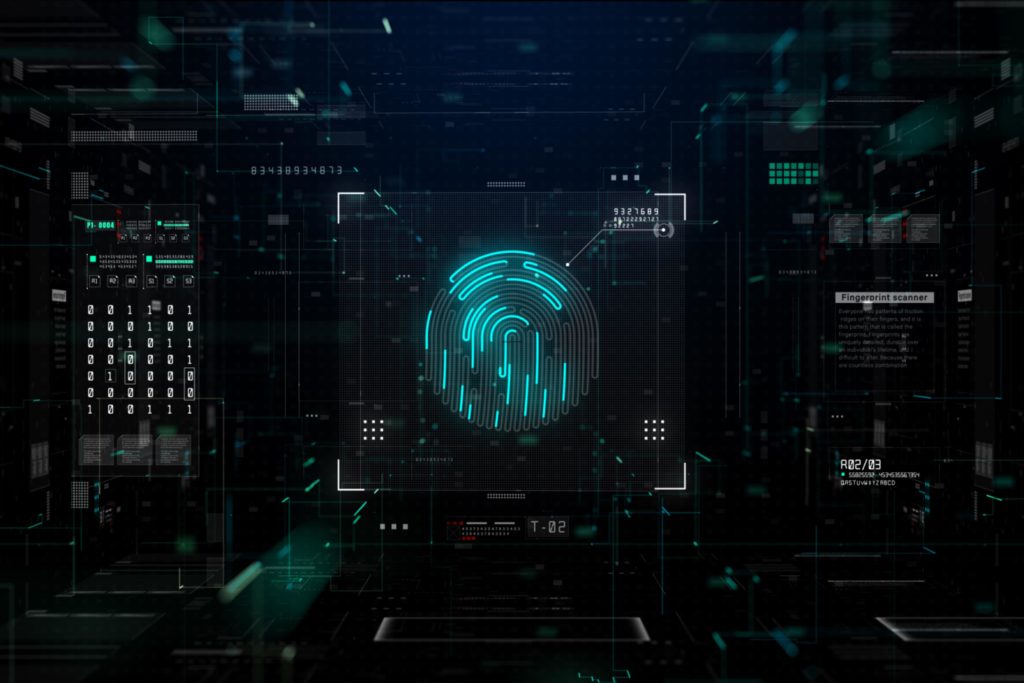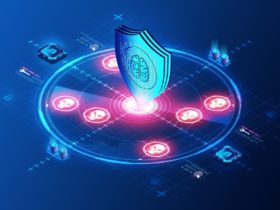It’s no secret that cybercrime is on the rise. In fact, according to a recent report by Cybersecurity Ventures, global spending on cybersecurity solutions will exceed $1 trillion from 2017 to 2022. That’s a lot of money being spent to combat an ever-growing top cybersecurity threat.
Cybersecurity threats come in many different forms, but they all have one thing in common: the potential to damage or disrupt computer networks and systems.

Here are some of the most common types of cybersecurity threats:
Malware
Malicious software, or malware, is any type of program or code that is designed to damage, disrupt, or gain unauthorized access to a computer system. Malware can be installed on a computer without the user’s knowledge or consent, and it can spread from one computer to another through email attachments, file sharing, or other means.
Phishing
Phishing is a type of fraud that involves attempting to trick users into disclosing sensitive information, such as passwords or credit card numbers.
Denial-of-service attacks
A denial-of-service attack, orDoS attack, is a type of attack that seeks to render a computer or network resource unavailable to its intended users by flooding it with requests or data.
So what are the top cybersecurity threats for 2022? And what can you do to protect yourself and your organization? Read on for answers to these questions and more.
Top Cybersecurity Threats

As the world becomes increasingly digitized, so too do the threats to our security. Cybercrime is a rapidly growing problem, with costs estimated to reach $10.5 trillion by 2025. This increase is due in part to the growing sophistication of cybercriminals, who are constantly finding new ways to exploit vulnerabilities in our digital systems.
Cybercrime is projected to cost businesses $6 trillion annually by 2021, so it is important for businesses to be aware of the most significant top cybersecurity threats for 2022. Some of the most significant cybersecurity threats for 2022 include following:
1. Poor Data Management
Data is one of the most valuable assets an organization possesses, and it needs to be properly managed and protected. Unfortunately, many organizations don’t take data security seriously until it’s too late. They may store data in insecure locations, fail to properly encrypt it, or neglect to set up proper access controls.
2. Configuration Mistakes
When configuring devices and software, it’s critical that the correct settings are chosen and that security is taken into account. Unfortunately, many organizations don’t have adequate IT knowledge or staff to properly configure devices, leading to vulnerabilities that can be exploited by cybercriminals.
3. Mobile Device Vulnerabilities
With more and more employees working from mobile devices, it’s important to make sure these devices are secure. Yet many mobile devices still lack essential security features, making them easy targets for hackers.
4. Inadequate Post-Attack Procedures
Too often, organizations don’t have adequate procedures in place for dealing with a cyberattack. This can lead to data being lost or compromised, systems being shut down for extended periods of time, and even bankruptcy in some cases. It’s essential that businesses have a plan in place for responding to a cyberattack quickly and effectively.
5. Cloud Vulnerabilities
The cloud is becoming increasingly popular for storing data and running applications due to its flexibility and cost-effectiveness. However, the cloud is also a prime target for hackers due to its lack of security controls. Organizations need to take additional steps to protect their data when using the cloud.
6. Third-Party Exposure
Organizations often outsource critical functions such as payroll processing, accounting, and contact management to third-party providers. While this can save time and money, it also makes organizations more vulnerable to attacks. These third-party providers often have lax security controls and are not as well protected against cyberattacks as the organizations themselves are.
7. Ransomware
Ransomware is a type of malware that encrypts data on infected systems and holds it hostage until a ransom is paid. This type of attack is becoming increasingly common and can be very costly for businesses that lose access to their data.
8. Poor Cyber Hygiene
Cyber hygiene is the practice of taking steps to protect your devices and data from attack. This includes keeping software up to date, using strong passwords, and backing up data regularly. Unfortunately, many people and organizations neglect their cyber hygiene, leaving themselves vulnerable to attack.
9. Social Engineering
Social engineering is a type of attack in which hackers exploit human weaknesses to gain access to sensitive information or systems. This can be done by tricking people into revealing confidential information or clicking on malicious links.
10. IoT Attacks
The Internet of Things (IoT) refers to devices that are connected to the internet, such as smart TVs, home security systems, and thermostats. These devices are often vulnerable to attack due to their lack of security controls. hackers can gain access to these devices and use them to launch attacks on other devices on the network.
More: What is Outsourced Cyber Security? Benefits & Risks
Recent High Profile Cyber Attacks
High-profile cyber attacks make headlines, but they’re also a major problem for businesses and consumers alike. Here are some of the most notable recent attacks:
1. WannaCry ransomware attack
In May 2017, a ransomware attack known as WannaCry swept the globe, affecting more than 200,000 organizations in 150 countries. The attack encrypted data on victims’ computers and demanded a ransom payment in Bitcoin in order to decrypt the files. WannaCry was particularly notable for its wide-scale impact and the fact that its exploits were developed by the U.S. National Security Agency (NSA).
2. Petya/NotPetya malware attack
In June 2017, another widespread ransomware attack known as Petya (or NotPetya) hit computers in Ukraine and spread to other countries, affecting organizations such as Maersk, Merck, and FedEx. Petya uses similar tactics as WannaCry but is more sophisticated and difficult to decrypt.
3. Equifax data breach
In September 2017, credit reporting agency Equifax announced that hackers had accessed the personal data of 143 million consumers, including Social Security numbers, birthdates, addresses, and driver’s license numbers.
4. Uber data breach
In November 2017, ride-sharing company Uber revealed that hackers had stolen the personal data of 57 million passengers and drivers in 2016. The stolen data included names, email addresses, and phone numbers. Uber paid the hackers $100,000 to destroy the data and keep the breach secret.
Frequently Asked Questions (FAQs)
Following are some frequently asked questions (FAQs) about cybersecurity:
What is cybersecurity?
Cybersecurity is the practice of protecting devices, networks, and data from cyberattacks. This includes both preventive measures, such as installing security software, and response measures, such as incident response plans.
What are the most common types of cyberattacks?
The most common types of cyberattacks are viruses, worms, phishing attacks, and SQL injection attacks.
How can businesses and individuals protect themselves from cyber threats?
There are a number of steps businesses and individuals can take to protect themselves from cyber threats, including installing security software, using strong passwords, and backing up data regularly.
What are some of the challenges faced by the cybersecurity industry?
The cybersecurity industry faces a number of challenges, including the constantly evolving nature of cyber threats and the shortage of qualified cybersecurity professionals.
Conclusion
Cybersecurity is a complex and ever-changing field. With the rapid growth of technology, new threats are constantly emerging. It’s important for businesses and individuals to stay up-to-date on the latest cybersecurity threats and take steps to protect themselves.











